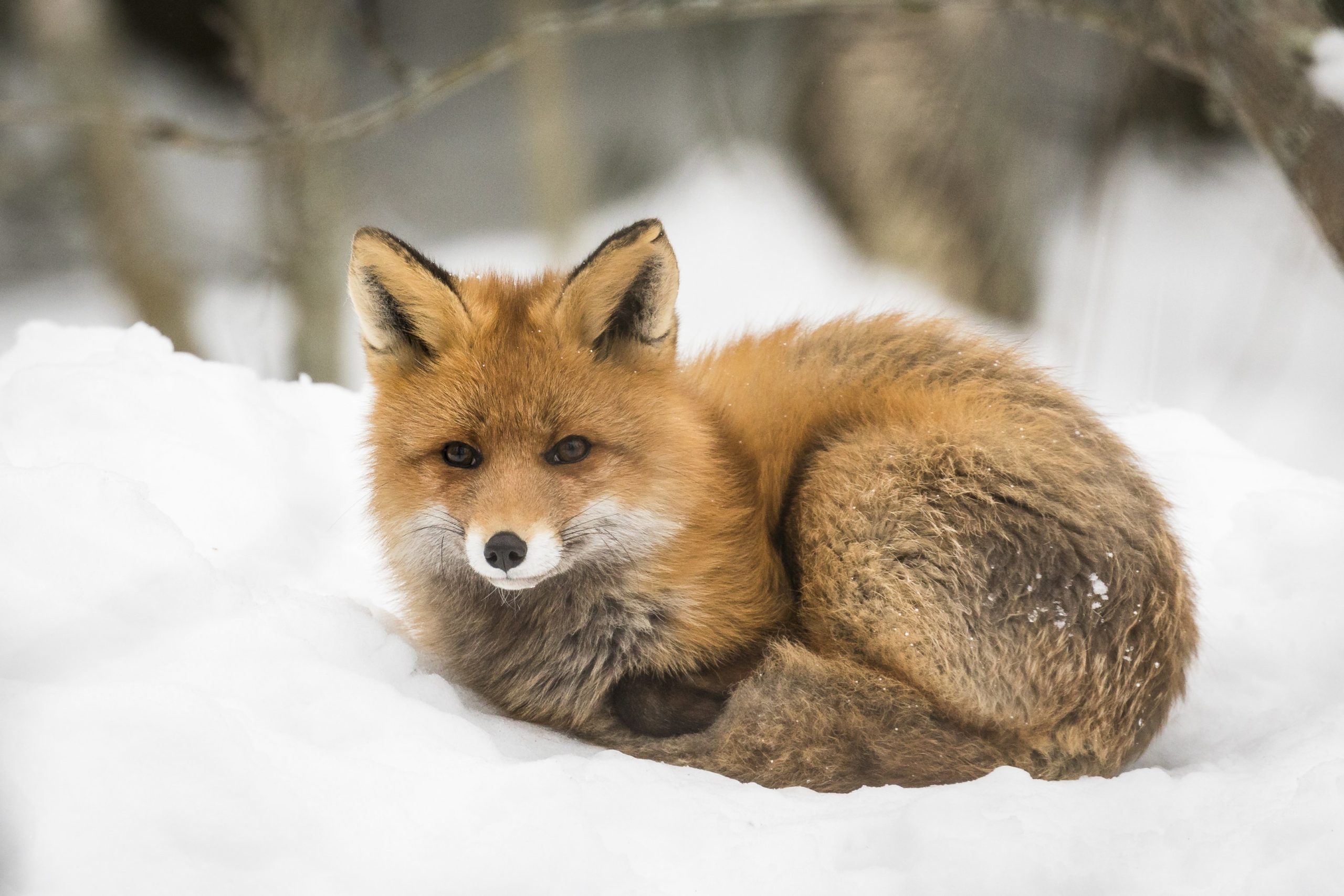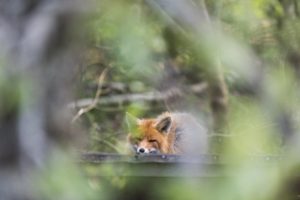
Red fox
LIVING HABITS
The red fox is a very adaptable and clever animal, and is found in all kinds of habitats, from coastlines by waters to mountainous areas in the wilderness. Foxes thrive wherever they can find food at the time. The red fox feeds mostly on voles, but when the vole population is low, other animal food fairs well with it too: they hunt for grouse and their eggs and young ones, frogs, fish and even insects. They may even eat berries and fruit, carrion and other food disposals. The red fox is mainly dusk and night-active but may search for food or members of the opposite sex during the day. Lately, the red fox has increased its territories further up north to the mountainous regions, competing for nutrition and nesting areas with the much smaller and far rarer species, namely, the arctic fox.
PROTECTION
The red fox is a fairly common species, and is a game animal. Hunters experience the red fox as their rival, and therefore hunt the animal for reasons of preservation of game, not for its fur as in the earlier days. The annual quarry has been about 50 000-60 000 individuals of late.
ADAPTING TO WINTER
The red fox sheds their fur to a warmer one for the long winter ahead in the north. The foxes in the north have thick papillae on the pads of their paws, while their southern counterparts go barefooted.
Red fox
Vulpes vulpes
Class: Mammalia – Mammals
Order: Carnivora- Carnivores
Family: Canidae – Canines
Size: Weight: 3-8kg, stands at 35-40cm at the withers.
Breeding: Heat: March, gestation period: about 2 months. Offspring 6-8, even 12 at a time. Cub is independent in the fall of their first summer, reaching sexual maturity in 10 months.
Lifespan: Max. 14 years.


Did you know…
Did you know, that though the red fox cubs are independent in their first autumn, the female cubs may remain in the territories of their mother when food supply is good? The next summer the big sisters, in turn, will help nursing the newborn cubs.




